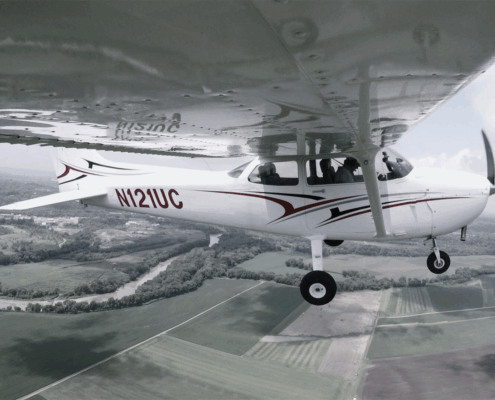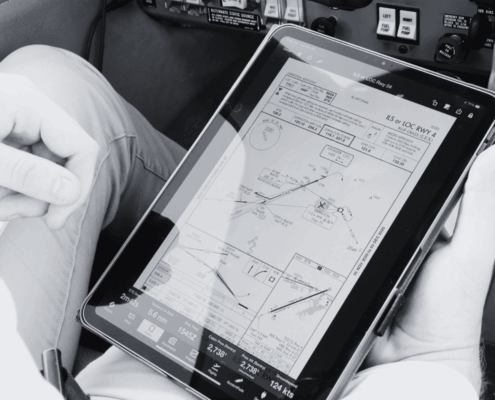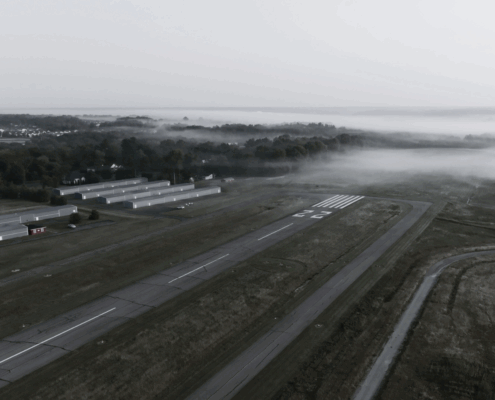
Welcome to IFR Focus: Sharpen Your Skills, Master the System
/
0 Comments
IFR Focus is a new destination dedicated entirely to the art and science of flying in the system. Whether you’re an experienced IFR pilot looking to stay sharp or a student climbing toward that checkride, you’ll find practical content here to help you fly safer, smoother, and smarter.

Ask the IFR Expert: When is an IFR Alternate Required?
Even when it’s not required by regulation, I almost always file an alternate airport when planning IFR flights—especially for cross-country trips. Why? Because weather isn’t the only thing that can throw a wrench in your plan. Runway closures, fuel availability, equipment outages, and unforecast changes can all make your destination unavailable.

The Art of Briefing the Approach
There’s a lot to keep track of when nearing the initial approach fix or that last vector-to-final. Along with all those numbers for altitudes and courses to fly the procedure, you have things to do to the airplane—like adding flaps and adjusting power. It’s all part of what makes the approach a high-workload phase, so anything to help you get ready before it gets busy is a good idea. And that means being ready for anything. Enter the approach briefing.

Why Real-World Missed Approaches Feel So Hard
Despite the of precision WAAS approaches, real-time weather apps, and dependable automation, the missed approach hasn’t gone away—it’s just become rarer and, for many pilots, more difficult. In that way, it's a maneuver that tests not just your stick and rudder skills, but your mindset. This article, based on a real-world go-around, shares six rules that can help you stay sharp and stay safe when the unexpected happens.

8 IFR SOPs That Could Save Your Life
Do you fly with SOPs? Standard operating procedures (SOPs) are commonly used in the corporate and airline flying world as a way of formalizing the do's and don'ts of a flight department and making sure every pilot follows the same procedures. I'm generally suspicious of SOPs in life, because they limit your ability to be flexible and react creatively to life's inevitable changes (we all like our freedom). But when it comes to IFR flying, I believe SOPs are a critical safety tool.

How to Choose the Best Alternate Airport for Your IFR Flight: A Pilot’s Guide
Keep an eye on the weather as you approach the destination, using both ADS-B datalink weather, and by tuning in the local ATIS/AWOS on the radio. If it looks like the weather will be near the minimums for the approach, it is time to start thinking about what the best alternate airport will be based on the current weather. If it still looks like the planned alternate is the best option, go for it.

